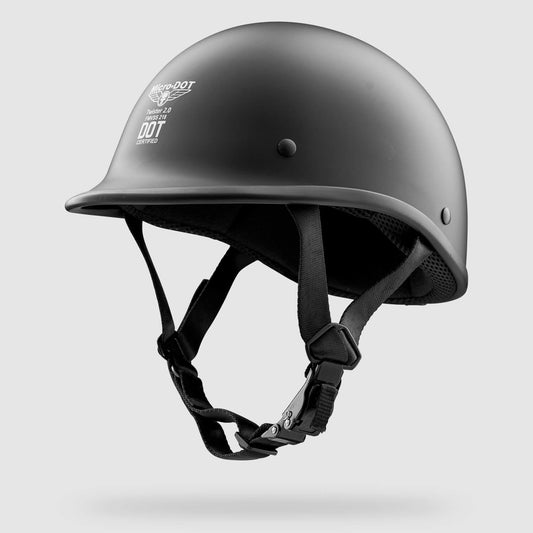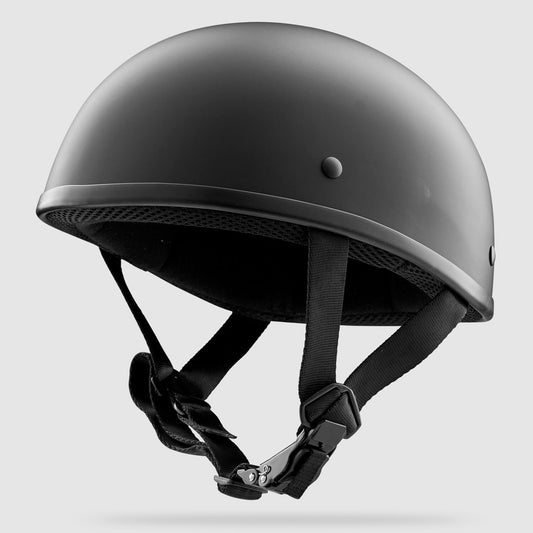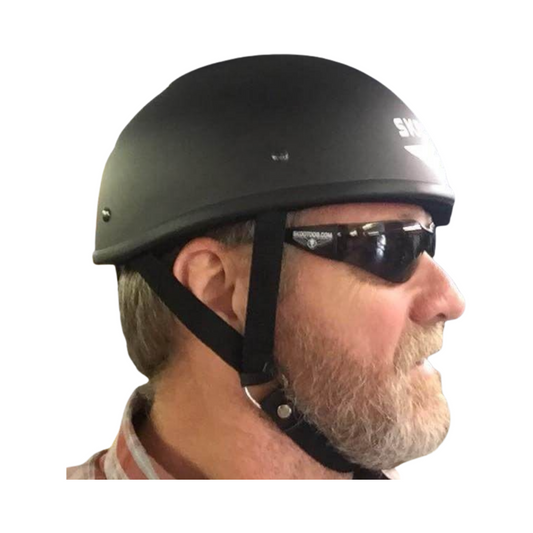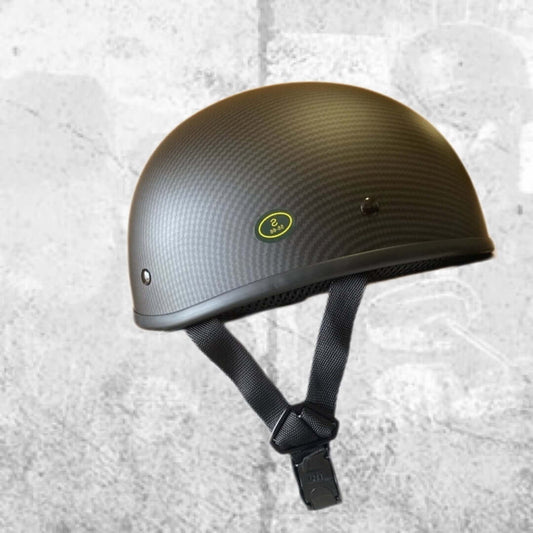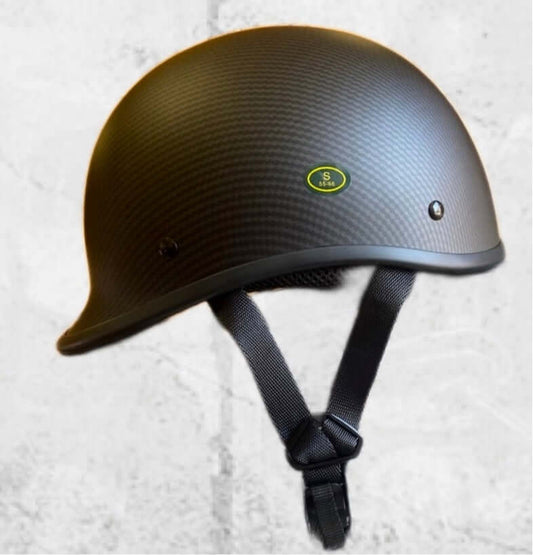In the thrilling world of motorcycling, choosing between a new and used motorcycle is a pivotal decision. This article explores the advantages and disadvantages of both options, focusing on aspects like warranty, modern technology, safety features, price, and maintenance. Whether you're a seasoned rider or a beginner, this guide will help you make an informed choice that suits your needs and budget.
Table of Contents
- Is it Better to Buy New or Used Motorbike?
- How Old Should a Second Hand Motorcycle Be?
- What's the Average Lifespan of a Motorcyclist?
- What Time of Year is Best to Buy a Motorcycle?
- How Many Miles is Too Many for a Used Motorcycle?
- What is Considered a Low Mileage Motorcycle?
- What is Classed as High Mileage on a Motorcycle?
- How Often Do You Need to Change the Oil in a Motorcycle?
- Conclusion
- Frequently Asked Questions (FAQs)
Is it Better to Buy New or Used Motorbike?
When it comes to buying a motorcycle, the decision between new and used is often a complex one. Both options have their unique benefits and drawbacks, and understanding them is key to making the right choice.
New Motorcycles
Warranty
One of the most appealing aspects of a new motorcycle is the warranty that comes with it. A warranty provides peace of mind, knowing that if anything goes wrong, the manufacturer will cover the repairs. This is something that used motorcycles often lack.
Modern Technology
New motorcycles come equipped with the latest technology, offering advanced safety features and performance enhancements. From adaptive headlights to advanced braking systems, these innovations make riding more enjoyable and secure.
Financing Options
Purchasing a new motorcycle often comes with attractive financing options. Many dealers offer low-interest rates and flexible payment plans, making it easier to afford the bike of your dreams.
Customisation and No Prior Usage
A new motorcycle allows for customisation according to your preferences. You can choose the colour, accessories, and more. Plus, there's the undeniable appeal of being the first owner, with no prior usage or hidden issues.
Used Motorcycles
Price
The most significant advantage of a used motorcycle is the price. Used bikes are generally more affordable, making them an attractive option for those on a budget.
Depreciation
Unlike new motorcycles, used bikes have already gone through the steepest part of their depreciation curve. This means that they hold their value better, and you're less likely to lose money if you decide to sell later on.
History and Maintenance
A used motorcycle's history can be both a blessing and a curse. Knowing the bike's maintenance history can provide insights into how well it's been cared for. However, hidden issues might arise, leading to unexpected repair costs.
Lack of Warranty and Inspection
Used motorcycles often come without a warranty, making any repairs your responsibility. It's essential to have a thorough inspection done by a professional to avoid any surprises.
How Old Should a Second Hand Motorcycle Be?
How Old Should a Second Hand Motorcycle Be?
When considering a used motorcycle, the age of the bike is a crucial factor. Here's what you need to know:
1-3 Years Old
Motorcycles in this age range are often considered the best value. They've typically gone through the steepest part of their depreciation but may still have some of the original warranty left. Modern technology and safety features are likely still up-to-date.
4-6 Years Old
These motorcycles might offer even better pricing but may require more maintenance. It's essential to check the service history and ensure that all necessary upkeep has been performed.
7+ Years Old
While bikes in this age range can be a bargain, they may lack modern safety features and require significant maintenance. Thorough inspection and understanding of the bike's history are vital.
Tip: Our comprehensive guide to motorcycle tire maintenance can help you keep your used bike in top condition.
What's the Average Lifespan of a Motorcyclist?
The average lifespan of a motorcycle depends on various factors, including the make, model, riding conditions, and maintenance. Generally, a well-maintained motorcycle can last between 12 to 15 years or even longer.
Factors Affecting Lifespan
- Make and Model: High-quality bikes from reputable manufacturers tend to last longer.
- Maintenance: Regular maintenance, such as oil changes and tire care, can significantly extend a bike's life.
- Riding Conditions: Bikes ridden in harsh weather or rough terrain may have a shorter lifespan.
For more insights on maintenance, check out our essential motorcycle oil guide.
What Time of Year is Best to Buy a Motorcycle?
The best time to buy a motorcycle can vary, but here are some general guidelines:
Spring and Summer
- New Motorcycles: Dealers often release new models and offer promotions.
- Used Motorcycles: Private sellers may be looking to upgrade, leading to good deals.
Autumn and Winter
- New Motorcycles: Dealers may offer discounts to clear the previous year's inventory.
- Used Motorcycles: Fewer buyers in the market can lead to lower prices.
How Many Miles is Too Many for a Used Motorcycle?
Mileage is a critical consideration when buying a used motorcycle. Here's a general guide:
- Under 20,000 Miles: Often considered low mileage and usually indicates a well-maintained bike.
- 20,000 to 50,000 Miles: Considered average mileage. A thorough inspection is essential.
- Over 50,000 Miles: High mileage. Ensure a detailed maintenance history and be prepared for potential repairs.
For those interested in performance and design, our article on sport motorcycles offers a thrilling insight.
What is Considered a Low Mileage Motorcycle?
Low mileage on a motorcycle is generally considered to be under 20,000 miles. Such bikes are often in better condition, with less wear and tear. However, it's essential to consider other factors like maintenance history and age, as a low mileage bike that has been poorly maintained might still have issues.
What is Classed as High Mileage on a Motorcycle?
High mileage for a motorcycle is typically considered to be over 50,000 miles. While this might seem like a lot, many modern bikes can handle such distances if properly maintained. High mileage bikes often come at a lower price but may require more maintenance and care.
Note: For those who love cruising, our article on cruiser motorcycles offers a beautiful journey through low-slung, sunset-soaked boulevard rides.
How Often Do You Need to Change the Oil in a Motorcycle?
Regular oil changes are vital for the longevity and performance of your motorcycle. Here's a general guideline:
- New Motorcycles: Every 500 to 1,000 miles for the first few changes, then every 2,000 to 3,000 miles.
- Used Motorcycles: Every 2,000 to 3,000 miles, depending on the manufacturer's recommendations and the type of oil used.
For more information on motorcycle helmets and their lifespan, you can read our comprehensive guide on how long motorcycle helmets last.
Conclusion
The decision between a new and used motorcycle is multifaceted and depends on individual preferences, needs, and budget. From the excitement of modern technology and the assurance of a warranty in new bikes to the affordability and potential value in used ones, there's a lot to consider.
Whether you're drawn to the sleek appeal of a SOA-inspired DOT beanie or the versatility of a reversible beanie helmet, your choices extend beyond just the bike itself.
Remember, no matter what you choose, safety should always be a priority. Equip yourself with the right gear, including one of our Microdot motorcycle helmets, and enjoy the ride!
Frequently Asked Questions (FAQs)
Q1: Can I Trust a Used Motorcycle Dealer?
A1: While many used motorcycle dealers are reputable, it's essential to do your research, read reviews, and ask for references. Always request a detailed history report and consider having the bike inspected by an independent mechanic.
Q2: What Should I Look for When Inspecting a Used Motorcycle?
A2: Look for signs of wear and tear, rust, leaks, and damage to the frame or components. Check the tires, brakes, lights, and ensure that all parts are functioning correctly. A test ride can also reveal any underlying issues.
Q3: Do New Motorcycles Require a Break-in Period?
A3: Yes, new motorcycles often require a break-in period to allow the engine and other components to wear in smoothly. Follow the manufacturer's guidelines, which usually include avoiding high RPMs and varying your speed for the first few hundred miles.
Q4: How Can I Finance a Used Motorcycle?
A4: Financing a used motorcycle can be done through a bank, credit union, or sometimes through the dealer. It's wise to compare interest rates and terms to find the best deal.
Q5: Is Insurance More Expensive for New Motorcycles?
A5: Insurance for new motorcycles can be more expensive due to their higher value and the cost of replacement parts. Factors like make, model, engine size, and your driving record will also influence the price.
Q6: How Do I Know if a Used Motorcycle Has Been Stolen?
A6: You can check if a used motorcycle has been stolen by verifying the VIN (Vehicle Identification Number) with local authorities or using online databases. Always be cautious if the price seems too good to be true or if the seller lacks proper documentation.
Q7: Can I Extend the Warranty on a Used Motorcycle?
A7: Some dealers and third-party companies offer extended warranties on used motorcycles. These can vary in coverage and price, so it's essential to read the terms carefully and consider if it's worth the investment.
Q8: How Do I Determine the Fair Market Value of a Used Motorcycle?
A8: You can determine the fair market value by researching similar models and years online, considering factors like mileage, condition, and location. Tools like Kelley Blue Book can also provide an estimate.
Q9: Are New Motorcycles More Reliable Than Used Ones?
A9: New motorcycles generally come with the latest technology and have not been subjected to wear and tear, making them often more reliable. However, a well-maintained used motorcycle can also be highly dependable.
Q10: Can I Test Ride a New or Used Motorcycle Before Buying?
A10: Most dealers will allow test rides for both new and used motorcycles, though they may have specific requirements such as a valid motorcycle license or insurance. Private sellers may vary in their willingness to allow test rides.






